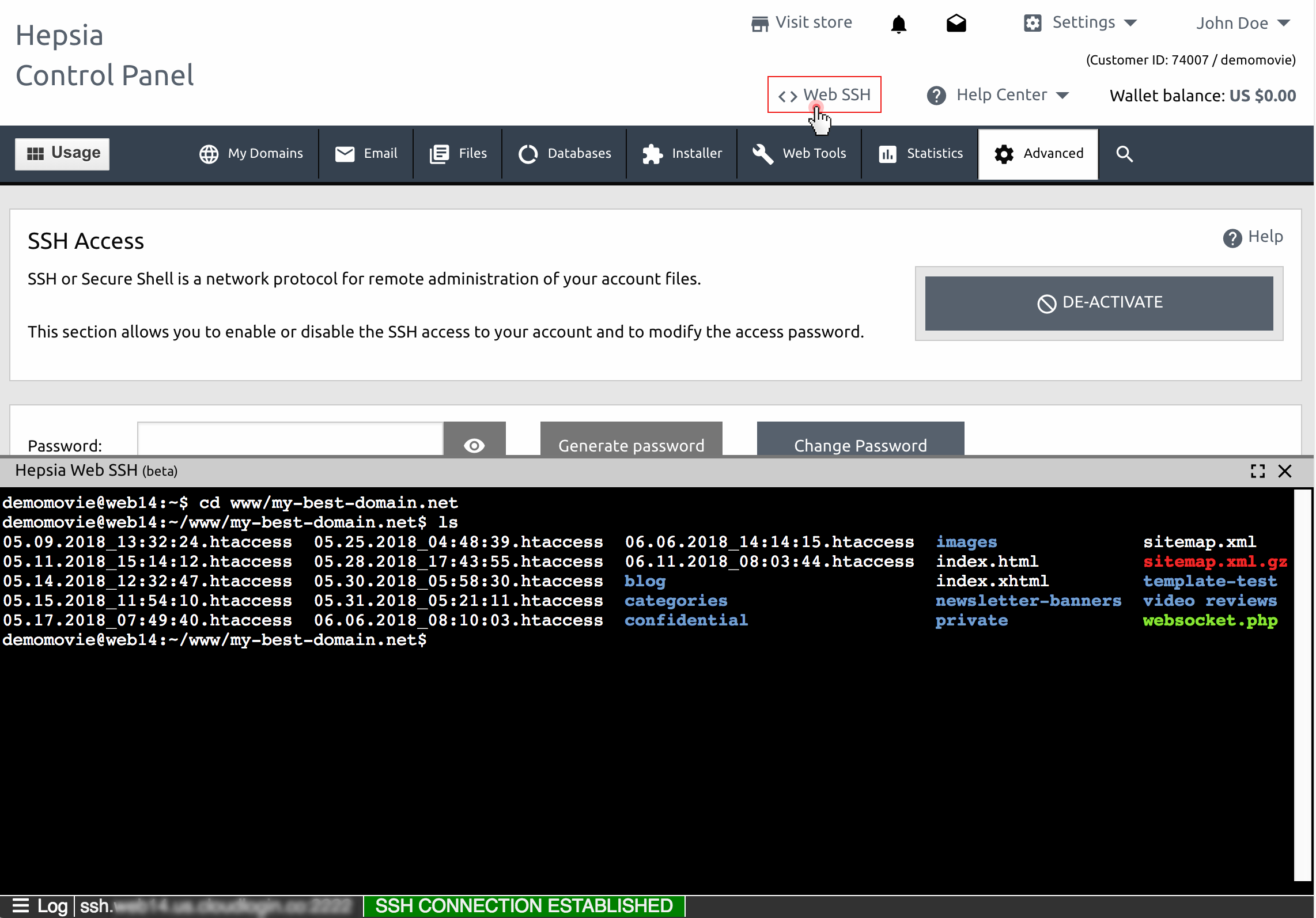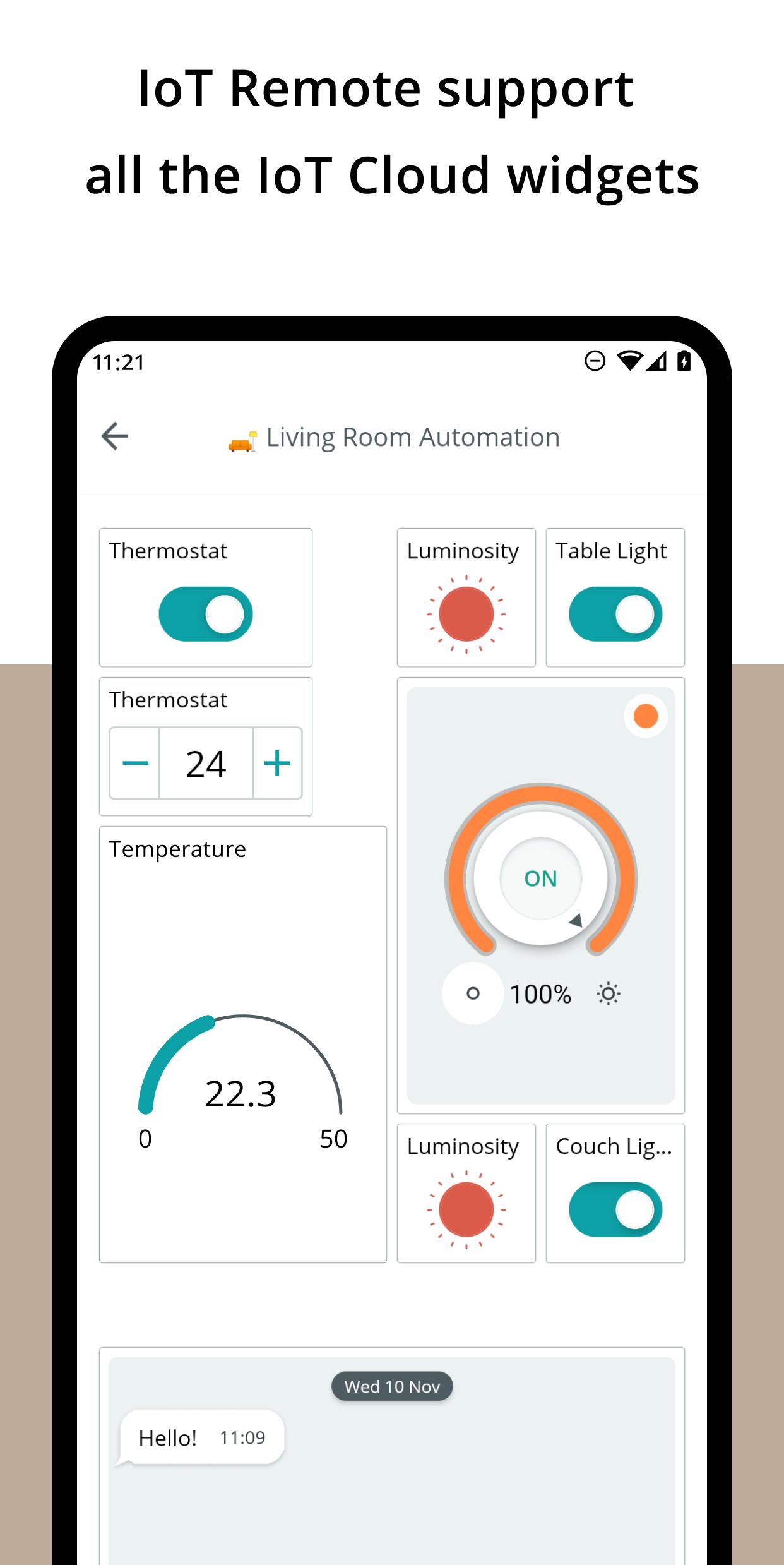RemoteIoT Web SSH On Android: Secure Access Explained
Ever found yourself scrambling to access a critical IoT device while miles away from your desk? The surge in remote work and the proliferation of IoT devices have made secure remote access not just a convenience, but an absolute necessity.
The ability to remotely manage and control these devices, especially from platforms like Android, has become a critical skill for tech professionals. The convergence of RemoteIoT, web SSH (Secure Shell), and Android devices offers a potent combination for managing IoT infrastructure from anywhere in the world. RemoteIoT, in essence, facilitates secure communication between devices, primarily through SSH, enabling users to monitor, control, and troubleshoot their IoT deployments remotely. The challenge, however, lies in establishing a robust and secure connection, particularly when dealing with the diverse landscape of Android devices and web-based interfaces. This article delves into the core concepts, challenges, and best practices associated with implementing RemoteIoT web SSH access on Android, offering insights for developers, IT professionals, and tech enthusiasts alike.
| Category | Information |
|---|---|
| Concept | RemoteIoT Web SSH Access on Android |
| Description | Securely accessing and managing IoT devices from Android devices using web-based SSH. |
| Key Technologies | RemoteIoT platforms, SSH protocol, Android operating system, Web-based terminals (e.g., xterm.js) |
| Benefits | Remote monitoring, control, and troubleshooting of IoT devices. Increased flexibility and accessibility. Improved security through SSH encryption. |
| Challenges | Security vulnerabilities, network latency, device compatibility, authentication, authorization, and maintaining session persistence. |
| Security Considerations | Strong password policies, key-based authentication, firewall configuration, intrusion detection systems, and regular security audits. |
| Implementation Steps | 1. Choose a RemoteIoT platform. 2. Configure SSH access on IoT devices. 3. Develop or integrate a web-based SSH client. 4. Implement secure authentication and authorization. 5. Deploy and test the solution on Android devices. |
| Example Use Cases | Remotely monitoring sensor data, controlling smart home devices, troubleshooting industrial equipment, and managing server infrastructure. |
| Reference Website | SSH Communications Security |
- Remote Iot Firewall Examples Security Tips Solutions
- Alina Rose Tiktok Star What You Missed More Videos

RemoteIoT Web SSH Example Android A Comprehensive Guide

How To Download RemoteIoT Web SSH A Complete Guide For Secure Remote

Mastering RemoteIoT Web SSH Download Your Ultimate Guide